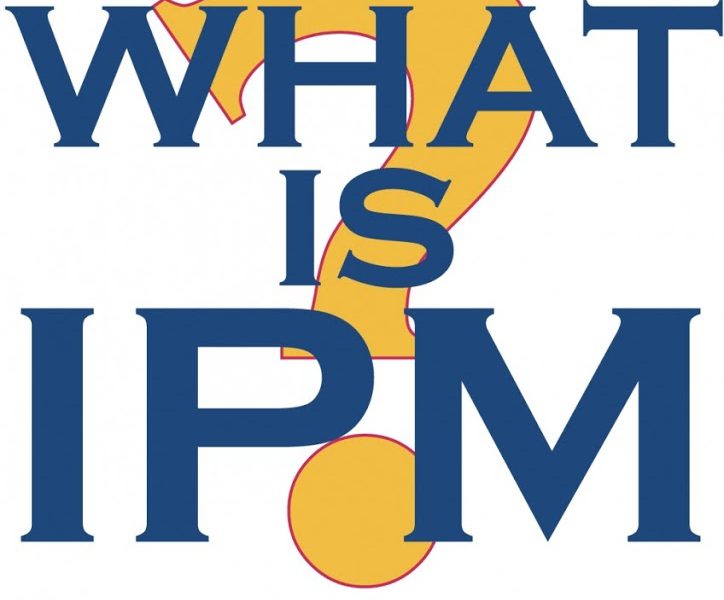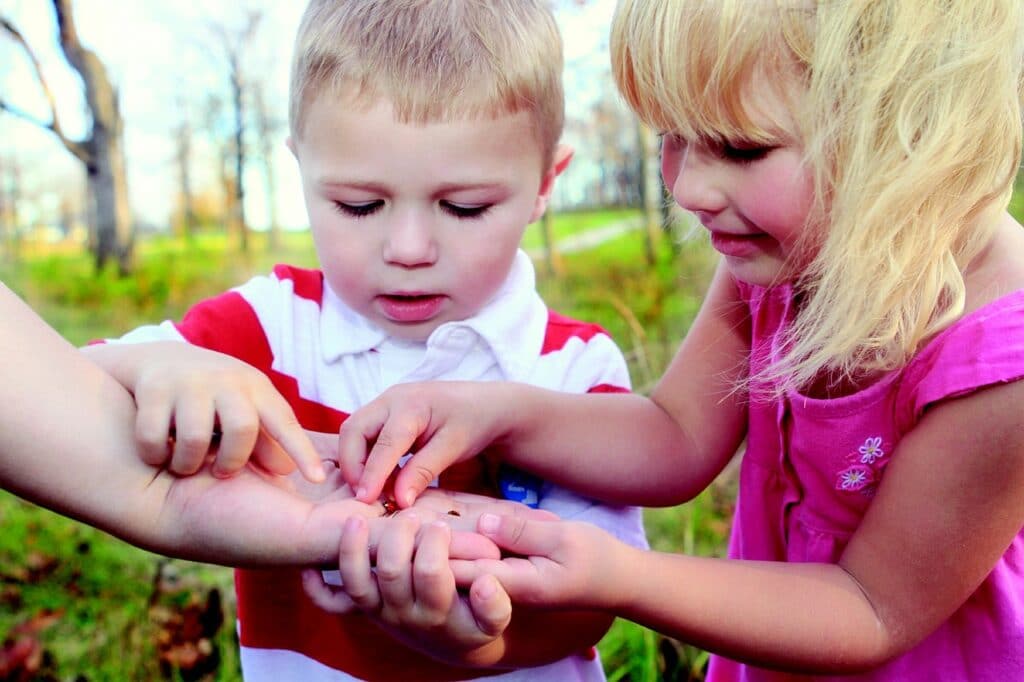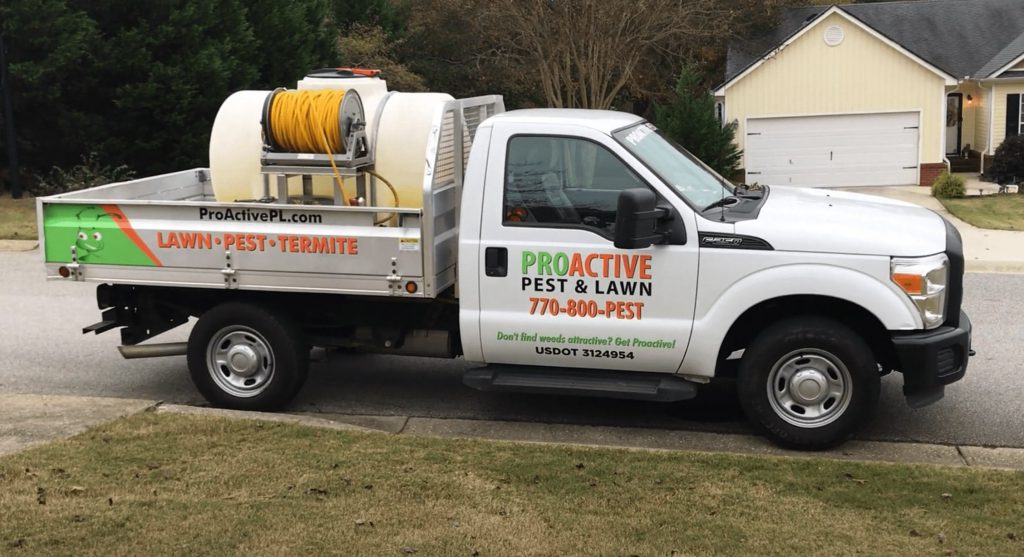
And Why Should It Matter to Me?
IPM is the acronym for Integrated Pest Management. But what does that mean? And more specifically, why would you value a pest management team that utilizes IPM techniques? In order to explain Integrated Pest Management, let’s define the term precisely.
The EPA defines IPM as the following:
“Integrated Pest Management (IPM) is an effective and environmentally sensitive approach to pest management that relies on a combination of common-sense practices. IPM programs use current, comprehensive information on the life cycles of pests and their interaction with the environment. This information, in combination with available pest control methods, is used to manage pest damage by the most economical means, and with the least possible hazard to people, property, and the environment.”
So, why is this important to you and your home? When a pest control technician uses IPM, chemicals are often used as a last resort. On our residential accounts, we usually service both inside and outside of the home on our first treatment.
We then encourage our customers to stick with outside-only treatments as long as there are no issues on the inside. If problems do arise on the inside, our customer then calls to schedule an inside treatment.
Most insects you deal with on the inside of your home come from the outside. So creating a sound, solid barrier on the outside perimeter of the house works exceptionally well most of the time.
IPM can be approached in several different ways, depending on whether one deals with pests in houses and apartments, food handling facilities, golf courses, storage areas, or even farms. In this particular article, we are going to focus on IPM in residential areas.

Steps to Effective IPM
Following the steps to identify effective pest control methods, you must keep in mind that IPM relies on control, not eradication. Completely eliminating a species in an area could alter the “circle of life” food chain. Then there are unforeseen consequences to that pest eradication. For instance, if all spiders are eradicated from an area in one county Gwinnett County, the insects like flies and others would significantly increase, and you would have a whole new insect explosion to deal with.
So, here is the way IPM addresses pest issues with control rather than eradication.
Step One: Identify Your Pest
The first step to any successful IPM program is to identify the pest you are dealing with correctly. This will help you determine which management methods may or may not be effective in handling the problem.
Setting glue boards or sticky traps is a good way to find out what is running around your home. Check out our Pest I.D pages to help in your pest identification investigation. If you cannot identify the insect using the above resources, your county cooperative extension office usually has someone on hand that can help.
Step Two: Set Action Thresholds
How many can you deal with before you start doing something about it?
Determine how many insects you can deal with before you believe that they are becoming an actual problem. Seeing a single bug or pest does not always mean that pest control is needed. So, decide on the level at which the particular pest will become either a nuisance or an economic threat—this critical in making future treatment decisions.
Again, this will depend on what type of setting you have identified. Seeing a couple or a few roaches in your home might be bearable. But if you are a restaurant owner and you have a few cockroaches running around, your action threshold will probably be much lower.
In the case of the restaurant owner, the roaches could pose an economic threat with the loss of customers or even being shut down for unsanitary conditions. No one wants that!
Another reason it is essential to complete step 1 first successfully is that your action threshold might be different, depending on what type of insect or rodent you locate. If you get a few American Roaches in your house and are aware of their habits, you would probably have a little higher action threshold than if you found a couple of bed bugs in your home.
Step Three: Control methods
If you have completed the monitoring, correctly identified the nuisance insect, and have decided that your action threshold has been met, use the following nonchemical methods to control the insect.
Prevention Methods
The ideal situation is to prevent pests from invading or building up their populations in the first place. This can be done by blocking/sealing their entry points into your home. See our article titled “How to pest-proof your home” for help with this topic. Other ways to prevent pests from invading are by removing the pests’ shelter, water, and food sources. Just like humans, all of these are essential elements for the survival and growth of insects.
Physical or mechanical control methods
These methods could involve using barriers and traps, heat treatments, or physically removing the pests from the area in question.
Cultural control methods
These methods involve good sanitation, habitat modification, and removing debris. Good sanitation in a home can include keeping the counters wiped down, keeping the trash changed, keeping your floors swept and clean, keeping food sealed up and put away, and immediately drying up any water or drink spills. This includes good sanitation on the outside of the home as well. Make sure that your outdoor trash cans are not overflowing and that they are adequately sealed. If they seem to be attracting a lot of bugs, wash them out with soap and water.
Habitat modification can include efforts such as keeping pine straw beds away from the house, using rubber mulch instead of wooden mulch, keeping the grass short, etc. Removing debris is similar to habitat modification. Piles of grass clippings, leaves, or sticks can all provide excellent shelter for many insects. They can also hold lots of moisture, which we mentioned was another essential element for insect survival. Debris can include the few pieces of scrap plywood that you have had leaning up against the side of your house for a while. Having this wood-to-earth contact makes it more likely that you will end up having termite issues.
Biological control methods
Biological controls are predators, parasites, and diseases that attack pests. They can be naturally occurring in the area or can come in from outside sources. Biological controls would only be necessary for agricultural types of settings, but they are worth looking into for those individuals.
Again, keep in mind that the following methods will vary based on the habits of your insect. That is why proper identification is so important. Successful control is often the result of combining techniques from the different categories.
Step 4: Pesticides
Pesticides can be part of IPM but use them only as a last resort and only after you have tried other methods. Always use the least toxic yet effective materials available and use them in ways that reduce human and pet exposure and protect the environment. Also, rather than just indiscriminately spraying general use pesticides all over the place, try targeting the specific problem areas with pesticides that do not have as broad of a label and are specially formulated to deal with your particular target pest.

IPM for Georgia
The IPM approach can be applied to both agricultural and non-agricultural settings, such as the home, garden, and workplace. IPM takes advantage of all appropriate pest management options, including, but not limited to, the judicious use of pesticides.
In contrast, organic food production applies many of the same concepts as IPM. Still, it limits the use of pesticides to those produced from natural sources, as opposed to synthetic chemicals.
The risk reduction and maximum benefits of an IPM program far outweigh the quick solution to “kill them all” through processes. As we all work together to keep our planet healthy, make an integrated pest management system a consideration when dealing with pest control for your home or business.
Contact Proactive Pest Controlto get a free pest inspection and set up the optimal pest control program for your home and family.